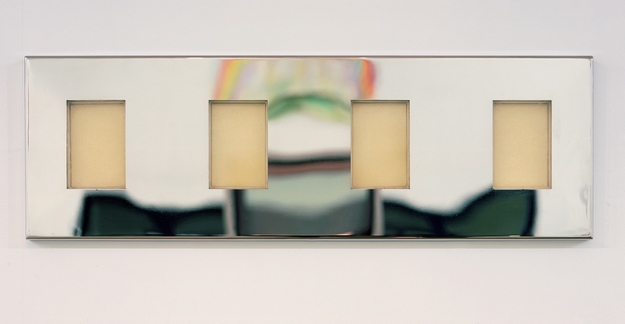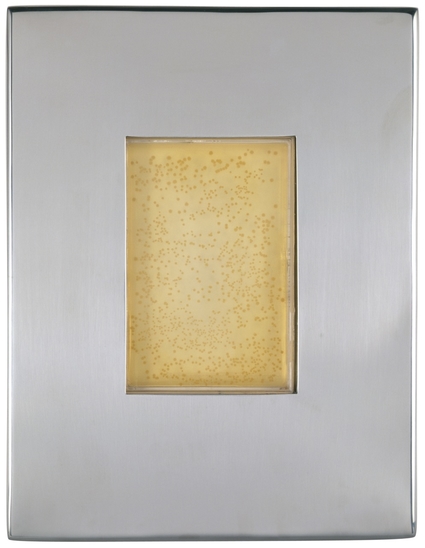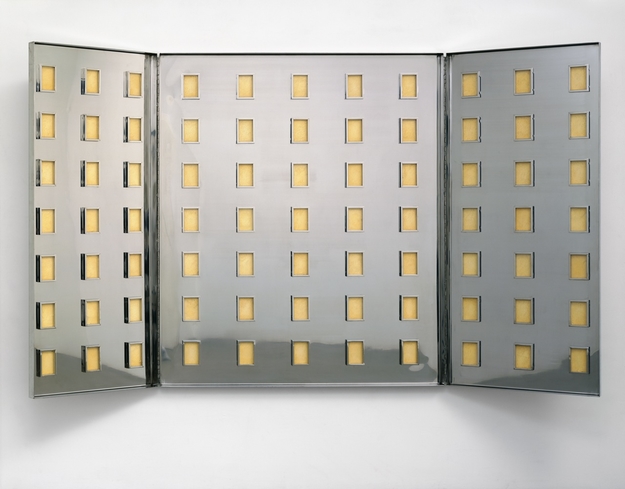What inspired Quinn to work with DNA is the fact that 99.9% of the human is shared among one another and most of it with other living species. It was during September 2001 when Quinn saw the relevance of DNA as a medium and as a way to signify our similarities rather than differences. We can see this symbolic message in his works such as Family Portrait and the DNA Garden.

Family Portrait is a DNA portrait of his own, his wife, his step-daughter, and his son. It gives us an ancestral portrait as we are given the genetic evidence of lineage and blood relations in the Quinn family. But even though some genes in the family are not shared, it comes to show that biology does not destine family ties, but rather love and acceptance.
The DNA Garden is a collection of 77 DNA plates, 75 of which are of different plant species and 2 of which are human; one belonging to a man and one to a woman. If there was a genetic portrait of the Garden of Eden, it would be close to this since 99.9% of our DNA is shared among each other. Throughout history there are many paintings of the Garden of Eden. However Quinn’s contemporary approach to it can be rather impactful to the modern audience as we are confronted with the science behind it.
More on Marc Quinn's body of work on DNA can be found in his website.

